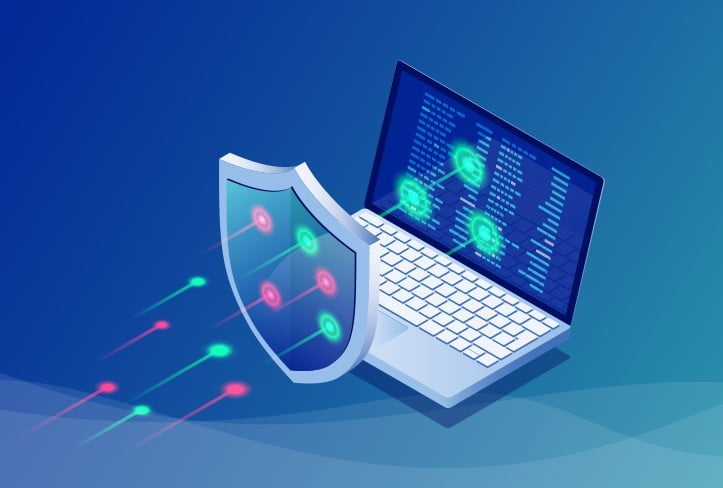Today we are going to talk about what is an antivirus and how does it work. An antivirus is a crucial and necessary tool for our devices. These programs serve to protect us from cybersecurity threats.
What is an antivirus?
An antivirus is a software dedicated and specialized to the analysis, management, and elimination of malware. They are responsible for protecting users and computers from cybersecurity threats that may affect and target them through files or networks to which they are connected.
These types of computer programs take care of most of the security of a computer system once they are compromised. So they never eliminate the risk, nor can they do the job of the user in taking care of their system safe by entering dubious and infected files, or connecting to networks that are not secure.
How does an antivirus work?

Although antivirus programs were originally only responsible for dealing with computer viruses, they have expanded their functions and evolved to be able to detect a greater number of computer threats, whether based on code or user behavior.
They no longer just intercept lines of malicious code that infect the system, but also analyze the input sources, as well as the networks of our system to intercept all possible threats before they can even imminently compromise a file or our entire system itself.
Scanning
The antivirus compares the files and lines of code on our computer with the database of malware, viruses, and other cybersecurity threats to act immediately.
Monitoring
While the system is in use, the antivirus starts monitoring the files and programs in use to ensure that there are no threats that may have been leaked or hidden through other means. This protection happens in real-time while the user is performing tasks.
Inspection
After the first two filters, the antivirus continues with a periodic inspection of all files and system components for debris or new sources of malware that may have been hidden or entered through more discreet means.
Once the antivirus has performed any of these tasks, if it finds a threat, it proceeds to take active action against the malicious files or code. It does this also through very specific ways of acting such as:
Repair
The antivirus attempts to repair the damaged file by removing the piece of code that is infecting it. With this, it is understood that the system was compromised with a virus that replicates and/or moves through our own information. In these cases, the protection software attacks only the virus.

Quarantine
In cases where the threat is directly identified in a specific file, the antivirus will isolate the file and make any system resources inaccessible to it. This happens in cases where the virus is not fully identified, so isolating it is a good way to prevent it from affecting the user before it can be removed or repaired.
Removal
If a virus has efficiently affected a file, the antivirus will proceed to remove it. If this happens, we will be asked if we can do it through a warning. This measure is the most aggressive since it implies sacrificing its own resources to get rid of a threat.
Analysis
There are viruses that infiltrate silently and in these cases, if it is an intelligent and well-developed virus, the antivirus will let it pass, this way, it can begin to act. It will then analyze its behavior, adding this to the software’s general database, and then attacking it so that it does not infect or affect the user or his information.





